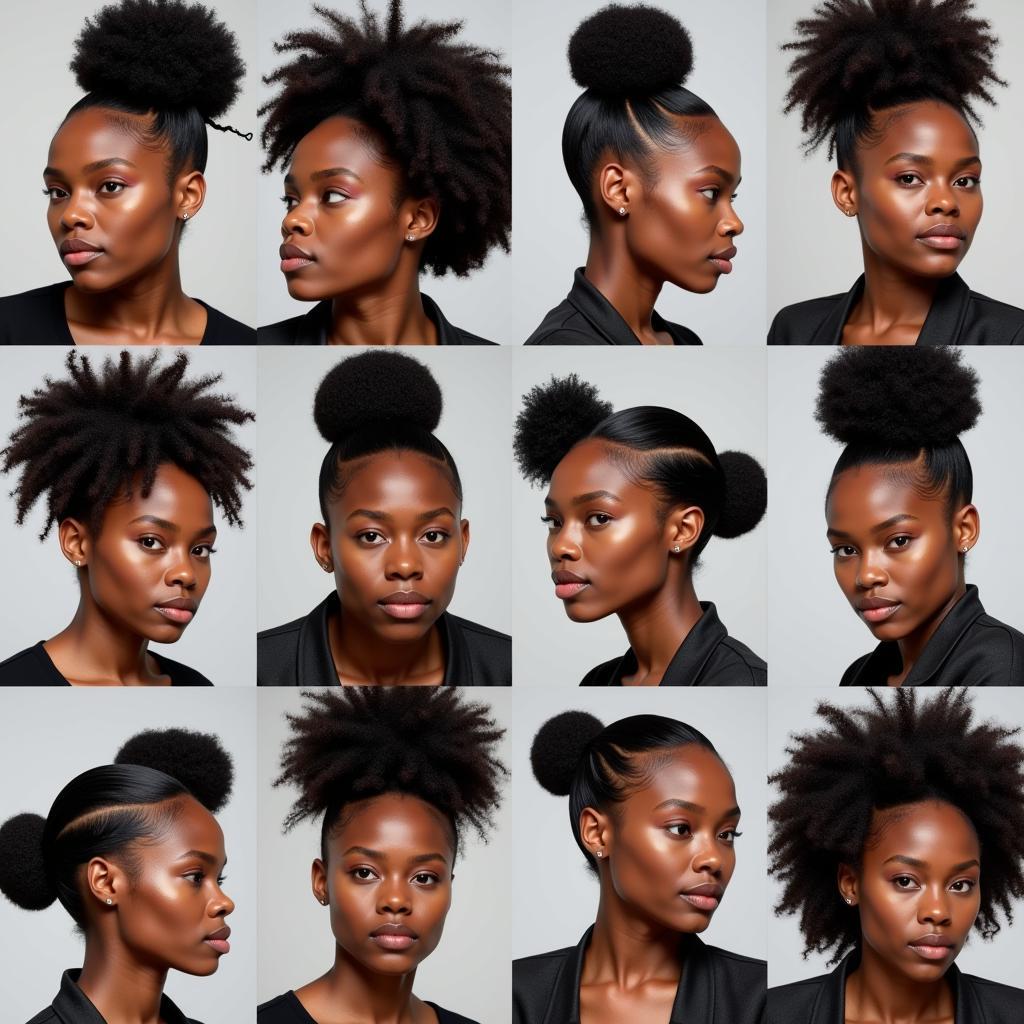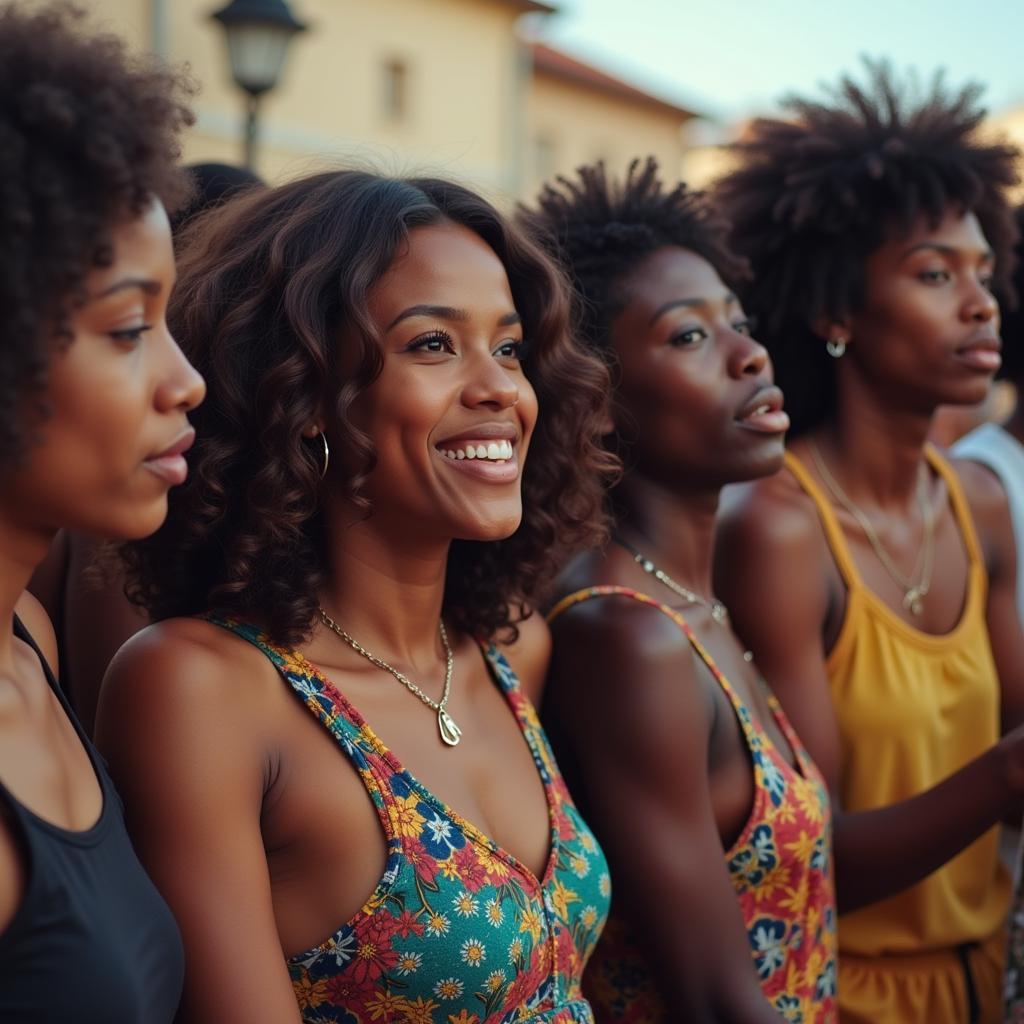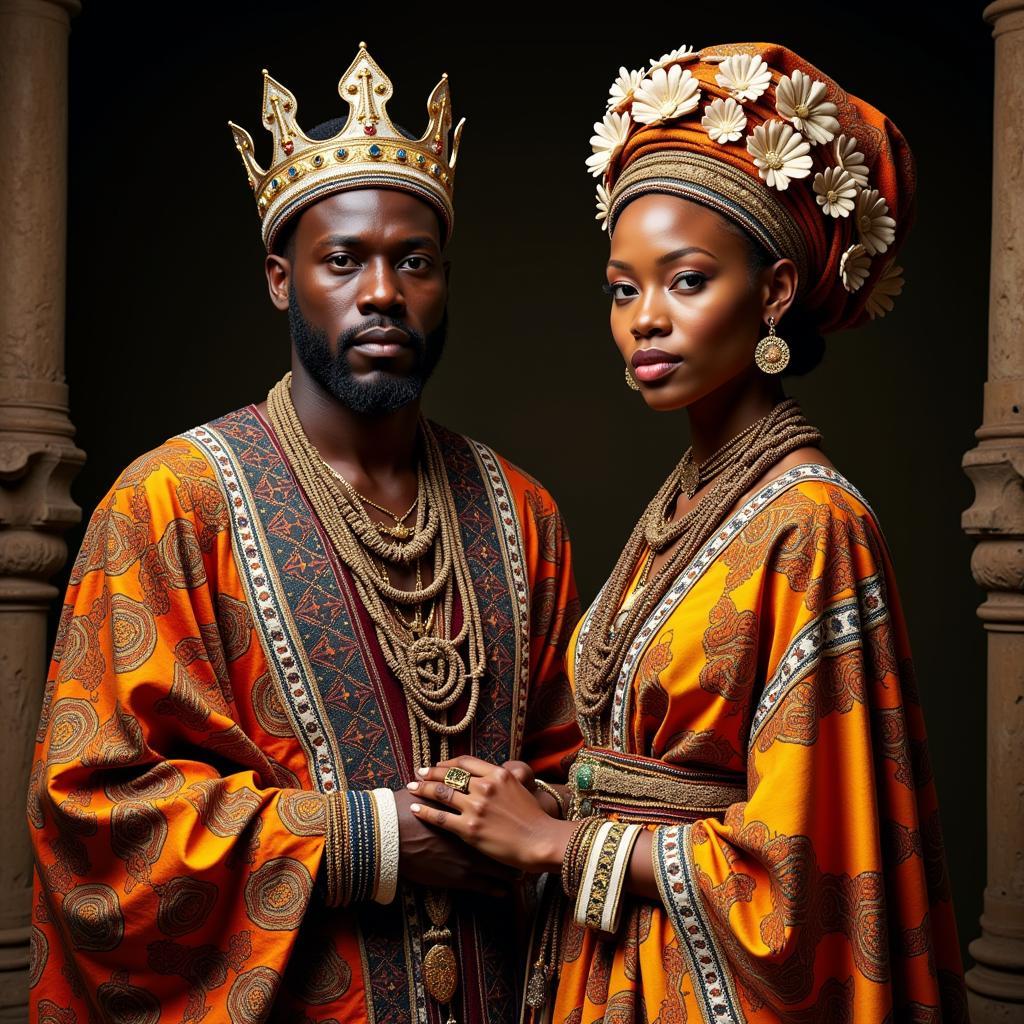Exploring the Rich Tapestry of African American Subculture
African American Subculture represents a vibrant and multifaceted phenomenon, deeply woven into the fabric of American society. This exploration delves into the unique history, expressions, and societal impact of African American subculture, highlighting its enduring significance.
 African American Cultural Expressions
African American Cultural Expressions
From the resonating rhythms of jazz and the soulful melodies of blues to the electrifying beats of hip-hop, African American music has consistently shaped and redefined the global soundscape. Beyond its entertainment value, music has served as a powerful tool for storytelling, social commentary, and cultural preservation within the African American community. It has provided a platform for voices often marginalized, giving rise to genres that reflect the struggles, triumphs, and aspirations of a people.
Fashion within African American subculture is a dynamic tapestry of creativity, self-expression, and historical significance. From the bold aesthetics of the Black Power movement to the contemporary streetwear trends, African American fashion consistently pushes boundaries and challenges conventional norms. Styles often serve as visual markers of identity, reflecting cultural pride, resistance, and a celebration of individuality. For example, African American punk bands have used fashion to challenge stereotypes and express their unique perspectives within the punk subculture.
The Enduring Impact on American Society
African American subculture’s influence extends far beyond its artistic contributions. It has played a pivotal role in shaping social and political discourse, driving significant change in American society. The Civil Rights Movement, fueled by the power of music, art, and spoken word, stands as a testament to the transformative impact of cultural expression.
Navigating Identity and Representation
Within African American subculture, themes of identity, representation, and social justice remain central to ongoing dialogues. The community continues to grapple with issues of stereotypes, cultural appropriation, and the need for authentic representation in media and popular culture.
 African American Hairstyles and Identity
African American Hairstyles and Identity
Hairstyles, for instance, hold profound cultural significance within African American communities. From braids and afros to dreadlocks, hairstyles serve as powerful symbols of identity, heritage, and resistance. The choice of hairstyle often transcends mere aesthetics, reflecting deep-rooted cultural traditions and social commentary. For example, African American female mohawk hairstyle pictures demonstrate how individuals use hairstyles to challenge traditional beauty standards and express their individuality.
“Understanding African American subculture requires acknowledging the historical context that has shaped its evolution,” explains Dr. Anika Johnson, a sociologist specializing in African American studies. “It’s a dynamic and ever-evolving landscape shaped by creativity, resilience, and a constant negotiation of identity.”
Looking Ahead: Evolution and Innovation
African American subculture is not a static entity; it continues to evolve, reflecting the changing experiences and perspectives of each generation. New forms of artistic expression emerge, blending traditional influences with contemporary trends.
 African American Youth Culture and Trends
African American Youth Culture and Trends
From the rise of Afrofuturism in literature and film to the growing visibility of LGBTQ+ voices within the community, African American subculture embraces innovation while honoring its rich legacy.
Conclusion
African American subculture stands as a testament to the power of creativity, resilience, and the enduring human spirit. It is a dynamic and multifaceted realm that continues to enrich and challenge the broader American narrative. By embracing its complexity and acknowledging its profound impact, we gain a deeper understanding of the tapestry of American culture itself.
FAQ
1. What are some key characteristics of African American subculture?
African American subculture is characterized by its strong emphasis on community, family, music, dance, and storytelling. It often reflects themes of resilience, resistance, and a celebration of black identity.
2. How has African American subculture influenced mainstream American culture?
African American subculture has had a profound impact on mainstream American culture, particularly in music, fashion, dance, and language. It has also shaped social and political discourse, contributing significantly to the fight for civil rights and social justice.
3. What are some common misconceptions about African American subculture?
One common misconception is that it is monolithic, when in reality, it is incredibly diverse, reflecting a wide range of experiences, beliefs, and values. Another misconception is that it is separate from American culture, when in fact, it is deeply intertwined with and has shaped the fabric of American society.
4. How can I learn more about African American subculture?
Engaging with African American literature, music, film, and art is a great way to gain a deeper understanding. Attending cultural events, visiting museums, and engaging in respectful dialogue with members of the community can also be enriching experiences.
5. Why is it important to understand and appreciate African American subculture?
Understanding African American subculture fosters a greater appreciation for the diversity and richness of American culture as a whole. It also challenges stereotypes, promotes empathy, and encourages a more inclusive and equitable society.
Need More Information?
For further inquiries about African American culture and related topics, contact us at:
Phone Number: +255768904061
Email: kaka.mag@gmail.com
Address: Mbarali DC Mawindi, Kangaga, Tanzania.
Our dedicated team is available 24/7 to assist you.

 embodies much more than a simple musical instrument. It represents a rich tapestry of culture, history, and tradition across the African continent. From celebratory ceremonies to spiritual rituals, the drum holds a central place in many African societies. This article will delve into the significance of the African drum emoji,…
embodies much more than a simple musical instrument. It represents a rich tapestry of culture, history, and tradition across the African continent. From celebratory ceremonies to spiritual rituals, the drum holds a central place in many African societies. This article will delve into the significance of the African drum emoji,…